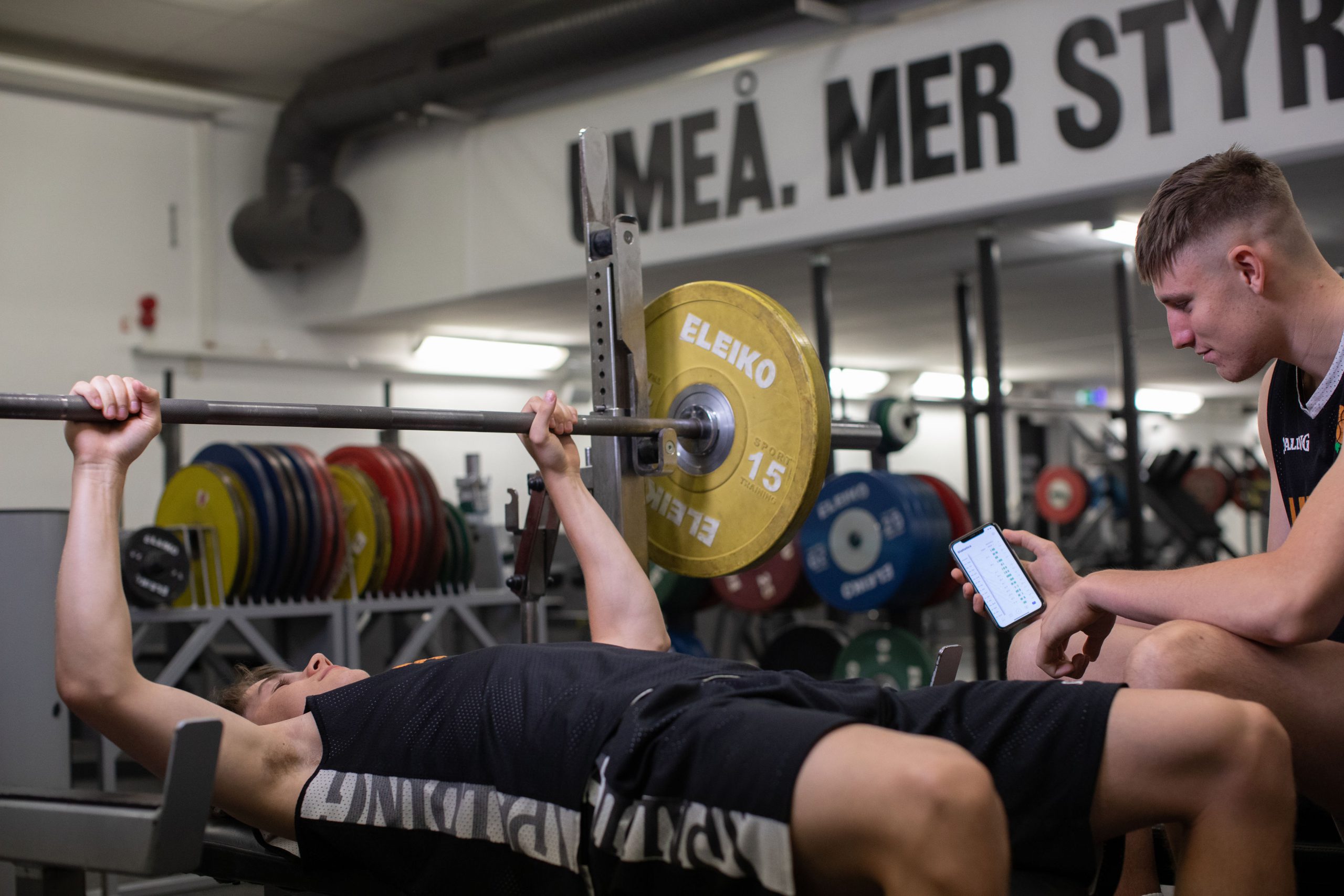18 XPS Nations at the Women’s Handball World Championship 2025
The 2025 IHF Women’s Handball World Championship brought together 32 national teams for several weeks of high-level competition, highlighting...
Read MoreSeptember 12, 2022
5 min reading
Whether you call it football or soccer, the rules are — largely — the same the world over. As are the tactics coaches use to get the most from their elite athletes.
A key concern amongst football coaches is increasing pound for pound strength. In soccer, or football, this isn’t about weight, or “heavy” players. It doesn’t mean you need players with a lot of muscle.
Strength is about ensuring elite athletes that can move — accelerate, decelerate, and change direction — without expending too much energy.
Players who can move fast and change direction while conserving energy are stronger than those expend more energy quickly. In football, that gives your players and whole team a distinct advantage. Let’s take a look at what this means and how coaches can support players to increase pound for pound strength.
Coaches measure an athletes pound for pound strength based on a wide number of factors, such as running power, speed, acceleration, deceleration. In other words, a football players ability to endure the demands of what’s being asked of them.
Strength is a product of metabolic conditioning.
We have to remember that conditioning is more than just adapting to physical demands and achieving elite levels of physical performance. Conditioning encompasses a players ability to be consistent, to keep going, repeat exercises in training and perform them at the same level during competitive matches.
Self-awareness, a players state of mind, and mental capacity (the ability to learn from mistakes and continually improve performance) is just as important.
Every player has different strengths and weaknesses. You can’t expect everyone on the team to achieve the same level of metabolic strength, or pound for pound strength.
Imagine taking a player from an under 21 team and putting them into their first game with the top squad. Despite them being metabolically fit in every sense, and yet amongst elite — more experienced players — they could seem unfit. Your younger player could seem completely out of shape against some of the best soccer athletes in the world.
Once you understand the limiting factor(s) in any given scenario you can prescribe the right exercises and activities to overcome those.

Measuring this strength comes down to understanding the energy a player uses to perform certain activities. Such as running, stopping, decelerating, and changing direction. The stronger an athlete is, the less strength is required to perform these actions. Energy usage reduces, giving soccer players more strength to endure and perform at a higher level for longer.
Higher levels of pound for pound strength also reduces recovery time. Using less energy increases a players VO₂ strength — the maximum (max) rate (V) of oxygen (O₂) your body uses during exercise and sporting activities. A scientific definition of this is:
“The greater your VO₂ max, the more oxygen your body can consume, and the more effectively your body can use that oxygen to generate the maximum amount of ATP [adenosine triphosphate] energy.”
A key measure of strength is a player’s ability to decelerate, change direction, and then accelerate.
Deceleration is an athletic superpower. In a Simplifaster article, Damien Harper talks about analysis done on the cheetah. After looking into it, a cheetah’s ability to decelerate — apply the breaks and change direction — makes this animal a top predator against prey that other big cats can’t catch.
Deceleration training is something athletes need to practice in the gym, working with elite performance coaches. Until you’ve mastered that in a training environment it can be difficult to achieve the deceleration players need on the field.
Improving performance is an ongoing challenge. Especially at the elite level. Thankfully, performance analysis tools and suites — such as XPS Network — give coaches more insights and data than they’ve ever had before.
However, performance improvements don’t start with data. Coaches need to recognize that it starts with setting a clear direction for the players — start with how they’re playing right now, and how they should be playing. Give soccer players a North Star. Coaches need to set a clear strategic vision and tactical direction, and then use the relevant tools to measure performance against the goals.
Once you’ve set the vision and direction you can make incremental improvements in performance management programming. Coaches that make performance training modular can more effectively adapt to changing demands and the needs of players.
Microdosing is one way to achieve this. Set clear modular blocks that cover what you’re trying to accomplish and implement them for every player. Work at an extreme intensity, while adapting to any changes you need to align with the goals and demands placed on the team. When you combine this with monitoring performance using data you’ve got a much better chance of succeeding.
Developing and improving pound for pound — or metabolic — strength is a crucial for elite soccer coaches. There are numerous ways you can achieve this. Training needs to be modular and personalized for every player, and coaches need to make the best use of data to analyze strengths, weaknesses, and align training needs with performance goals.
The 2025 IHF Women’s Handball World Championship brought together 32 national teams for several weeks of high-level competition, highlighting...
Read MoreThe International Football Conference 2025, held over three inspiring days at Brøndby Stadium, once again proved why it is...
Read MoreManaging a growing exercise library can be a grind. Adding new drills one by one? Slow. Re-tagging the same...
Read MoreThank you!
Our representative will get back to you soon with time suggestions for an online meeting.
If you have any questions contact us at support@sidelinesports.com
Schedule a short online meeting with our representative
Try free XPS 14-days trial right now No credit card required